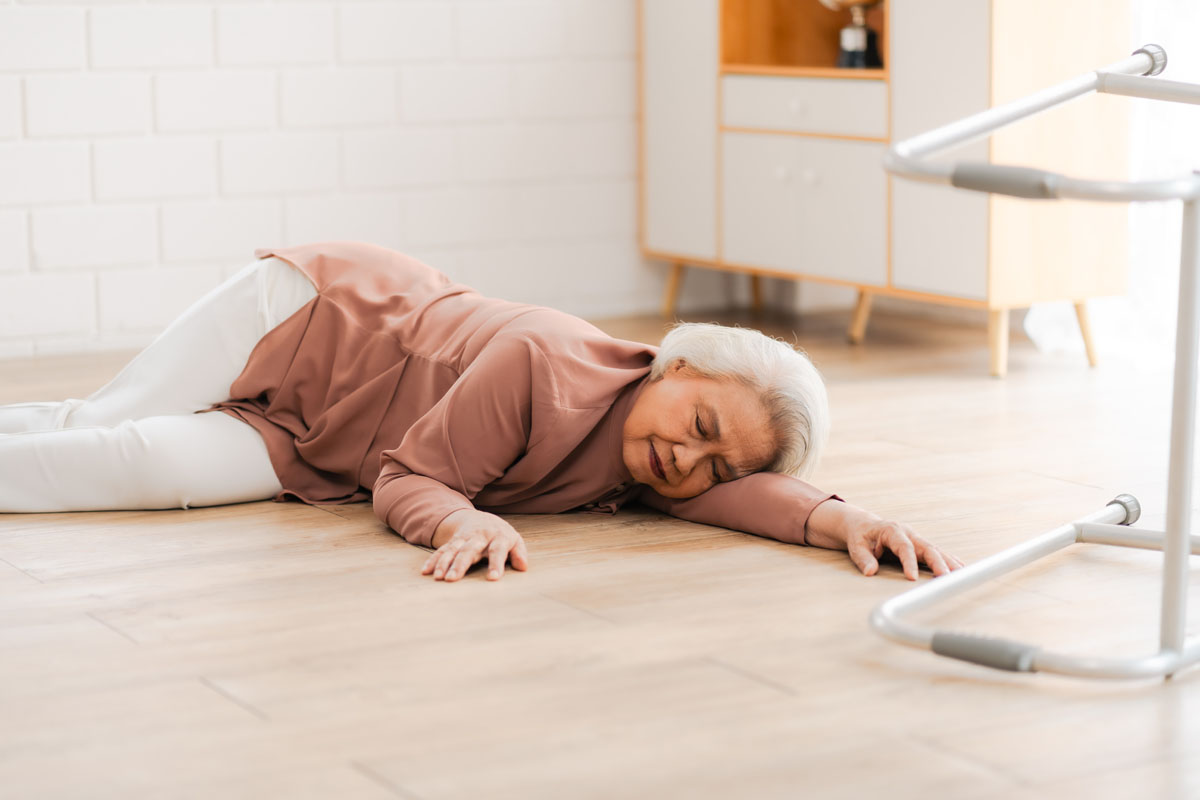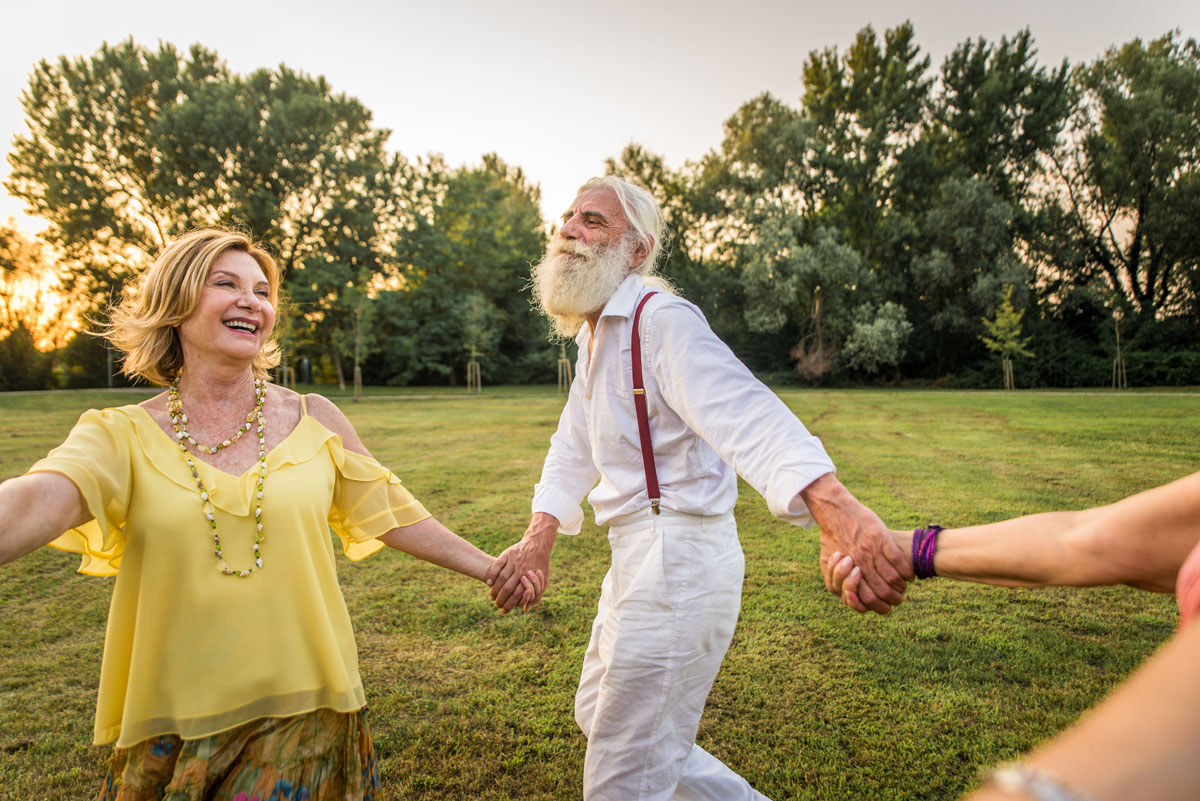What Does It Mean For Older People To Be Anxious

What does it mean for older people to be anxious?
Anxiety in older people can show up as mental or physical symptoms or behaviors, and it often has to do with events that happen at that age. It’s scary to see loved ones shift in a scary way or act the same way over and over again, but there are techniques to spot and manage anxiety symptoms in older people.
What makes anxiety in older people different from anxiety in general?
About 3 to 14 percent of persons fit the criteria for an anxiety disorder that has not been identified. Even scarier, a lot of adults who haven’t been diagnosed think that anxiety is a part of who they are or that they can’t do anything about it.
What kinds of anxiety disorders do older people often have?
Distinct types of anxiety disorders can have distinct side effects, and some of these side effects might cause health concerns that go unrecognized. That’s why it’s important to know the differences between the types and their symptoms. These are some prevalent types of anxiety disorders.
1. Generalized Anxiety Disorder (GAD)
General Anxiety Disorder is one of the most frequent types of anxiety disorders. This is a long-term, over-the-top anxiety over things that happen every day or in life. Usually lasts about six months, but might last longer.
2. Fear
People with phobias have strong, unreasonable fears of things that aren’t very dangerous to them. Someone with a phobia may stay away from certain things or circumstances.
3. Panic Disorder
Panic disorders usually show up as panic attacks or sudden emotions of anxiety or terror that happen over and over again, frequently without warning.
4. Obsessive-Compulsive Disorder (OCD)
People with OCD have undesirable ideas or rituals that keep coming back and that they feel they can’t control. Washing your hands, checking all the time, counting, or cleaning are all examples of rituals.
5. PTSD, or post-traumatic stress disorder
Post-severe Stress illness is a type of anxiety illness that happens after a severe injury or event. It can take months or even years for PTSD to show up following a stressful event. Abuse, violence, natural disasters, or any other threat to a person’s mental or physical health can cause PTSD.
What are the signs and symptoms of anxiety in older adults?
The symptoms of anxiety in older persons will vary based on the specific anxiety problem. Some indicators of anxiety are the same for different anxiety disorders, such panic disorder or general anxiety disorder. It can be scary to see a loved one acting in a way that worries you, especially if the symptoms have gotten worse or just started.
Most of the time, anxiety in older persons can be seen, treated, and controlled. But if it isn’t diagnosed, it can make it very hard for someone to live a full and happy life. No matter how anxiety starts, knowing the signs and symptoms is the greatest approach to make sure they get the care they need.
Chaparral Winds Offers The Finest Retirement Living In Surprise, Arizona
Chaparral Winds is a retirement facility in Surprise, Arizona offering assisted living, independent living, and memory care services. For more information about our senior living facility, SLS Communities or to schedule a tour, please call us today at 623-343-4125.










